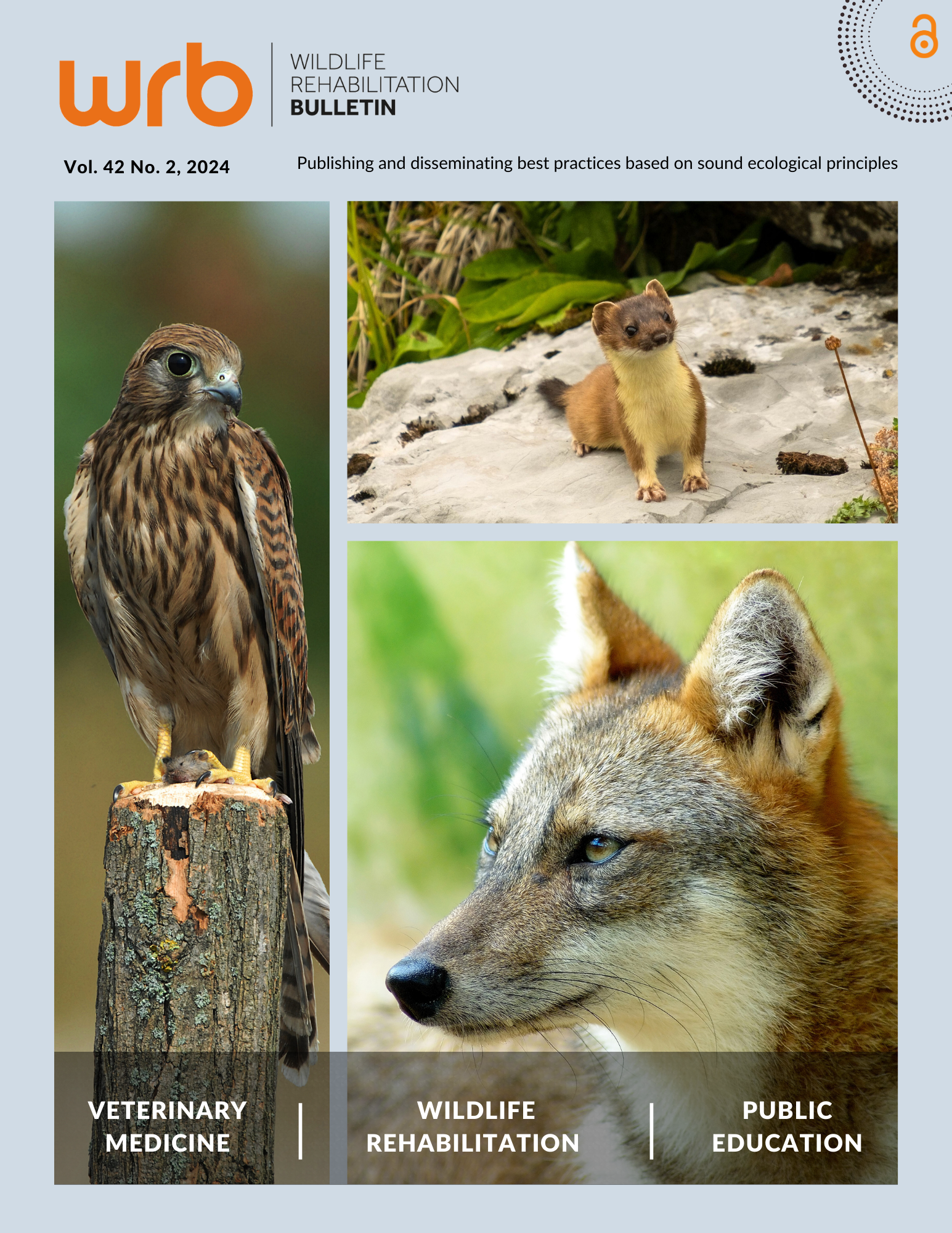Customer journey mapping and online self-service’s impact on call volume, donations, and time between finding an animal and admission at wildlife hospitals
DOI:
https://doi.org/10.53607/wrb.v42.279Keywords:
admissions, customer service, donation, wildlife conflict, self-serviceAbstract
A sudden, unprecedented 67 percent increase in call volume over a single year resulted in slower response times for customers seeking accurate advice regarding injured, orphaned, or nuisance wildlife issues. These delays not only impacted customer service standards but also delayed animal admissions into the hospital, increasing the potential for inappropriate care, undue suffering, kidnapping, less effective treatment for critical conditions and poor outcomes.
Donations simultaneously declined by 21 percent, despite helping a record number of individuals through phone counsel, limiting the ability to increase staff or employ other costly solutions to help with call volume and subsequent delays to advice.
PAWS (Progressive Animal Welfare Society) Wildlife Center employed concepts of customer journey mapping to create a low-cost, user-friendly module for comprehensive, situation-specific, online self-service. To expand solicitation to all customers rather than the ones who arrive onsite, the module included a request for donation when the user reached their answer.
The launch of online self-service technology correlated to a significant reduction in call volume but did not significantly influence the donations received or time between finding an animal and presenting them for care.
Downloads
References
“12 Top Tips to Reduce Inbound Call Volumes.” Call Centre Helper, Call Centre Helper, 29 Nov. 2017, www.callcentrehelper.com/tips-to-reduce-inbound-call-volumes-120312.htm.
Crawford, Eean R, LePine, Jeffery A, & Rich, Bruce Louis. (2010). Linking Job Demands and Resources to Employee Engagement and Burnout. Journal of Applied Psychology, 95(5), 834-848.
For Good, N. (2020, September 14). The 2020 Global Trends in Giving Report. Retrieved December 16, 2020, from https://www.nptechforgood.com/2020/09/14/newly-released-the-2020-global-trends-in-giving-report/
Helmich ML Dr. Reducing Call Volume at Medical Information Centers by Switching to a Web-Based Self-Service Facility-What to Consider? Providing Customers With Digital Medical Information on the Internet. Ther Innov Regul Sci. 2017 May;51(3):327-331. doi: 10.1177/2168479016682061. Epub 2016 Dec 22. PMID: 30231700.
Kim S, Wang J. The Role of Job Demands⁻Resources (JDR) between Service Workers' Emotional Labor and Burnout: New Directions for Labor Policy at Local Government. Int J Environ Res Public Health. 2018 Dec 17;15(12):2894. doi: 10.3390/ijerph15122894. PMID: 30562995; PMCID: PMC6313555.
Pembleton, Christopher James, "Creating Revenue Diversification Among Nonprofits" (2018). Walden Dissertations and Doctoral Studies. 5245. https://scholarworks.waldenu.edu/dissertations/5245
Published
How to Cite
Issue
Section
License
Copyright (c) 2024 Raina Domek

This work is licensed under a Creative Commons Attribution-NonCommercial-NoDerivatives 4.0 International License.
The copyright for articles in this journal is retained by the author(s), with first publication rights granted to the Wildlife Rehabilitation Bulletin and NWRA. Articles published as open-access in this journal are free to use and share with proper attribution in educational and other non-commercial purposes. To obtain reprint permission for articles that are not open access, please contact the journal editor.







